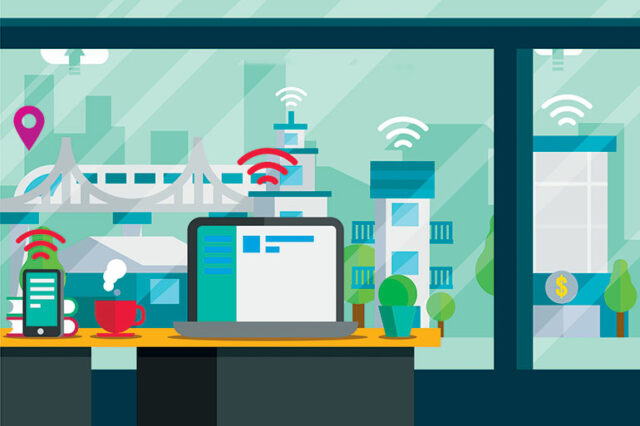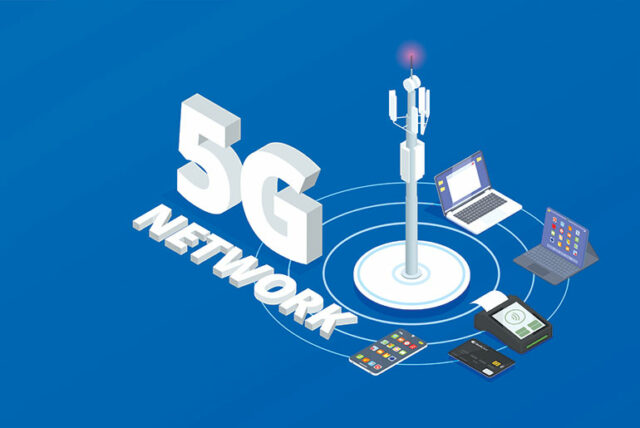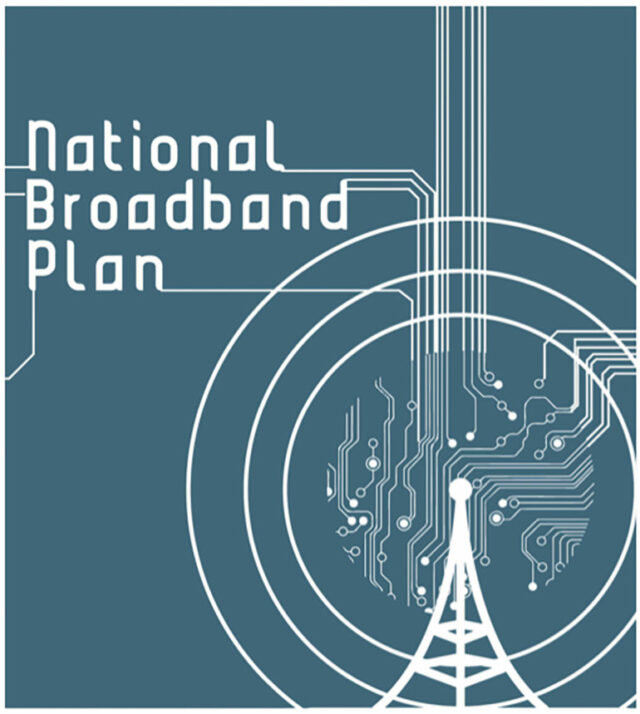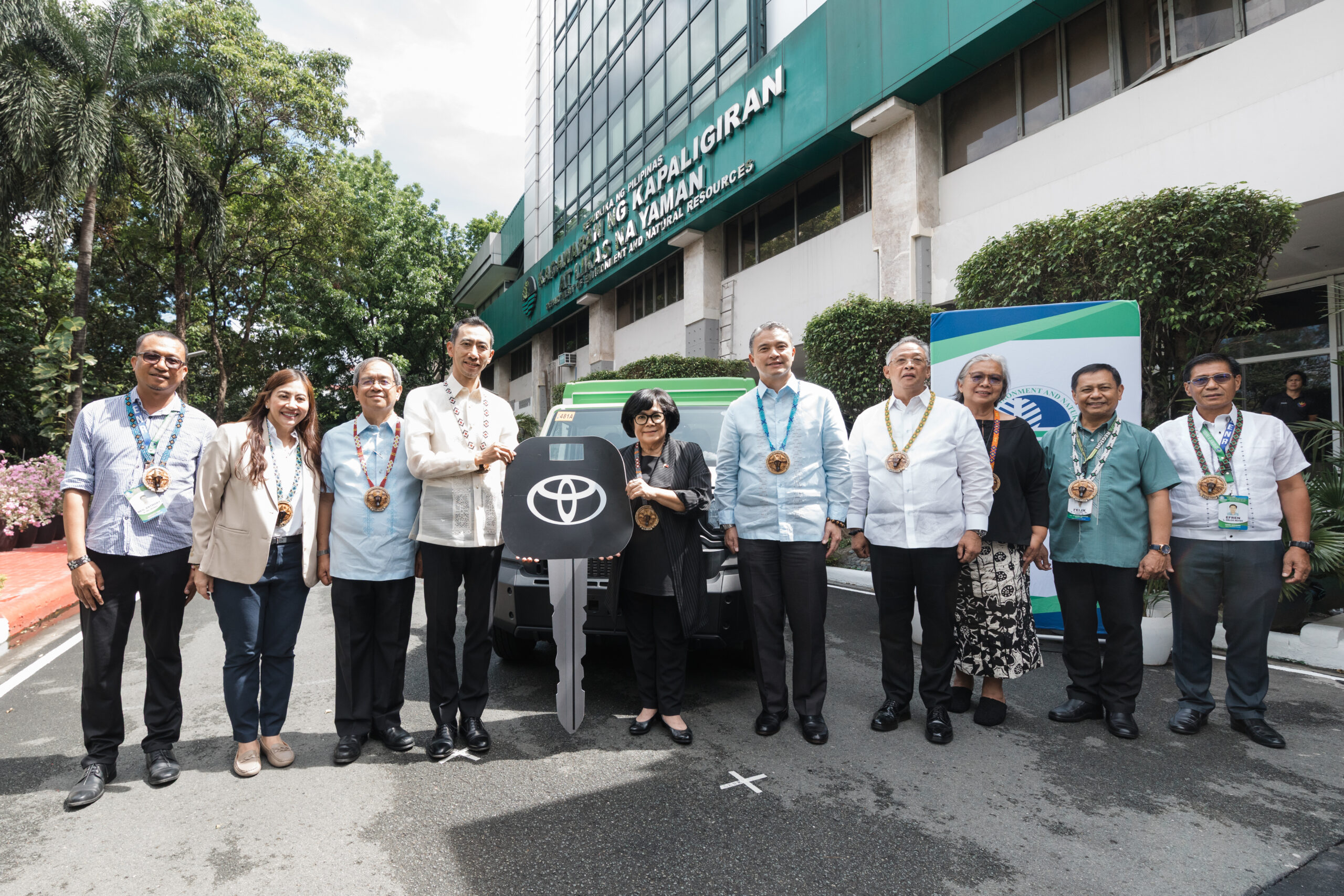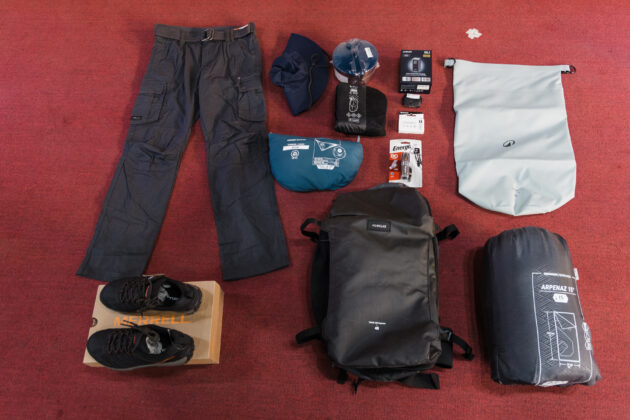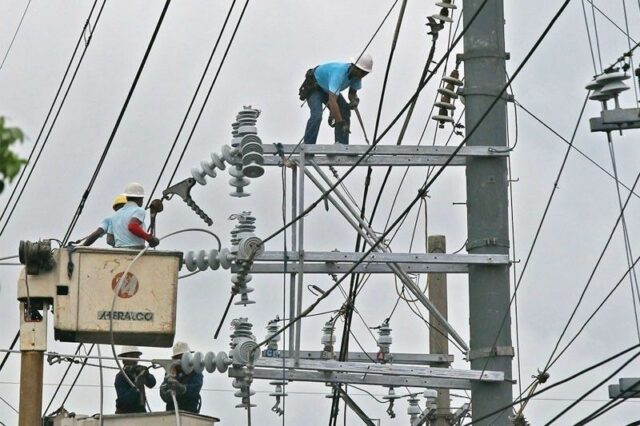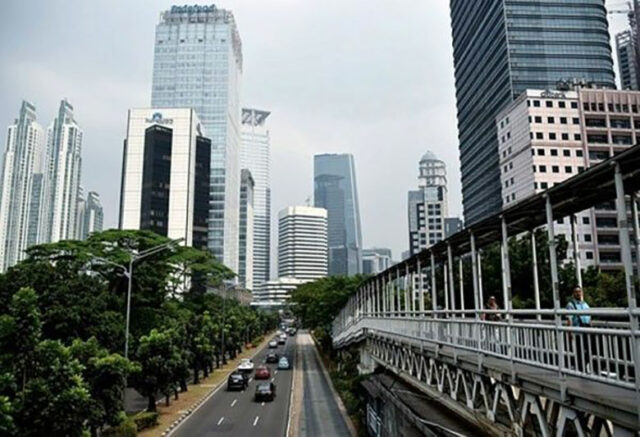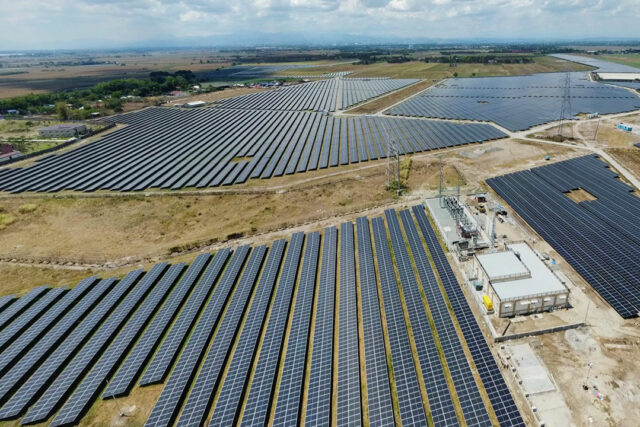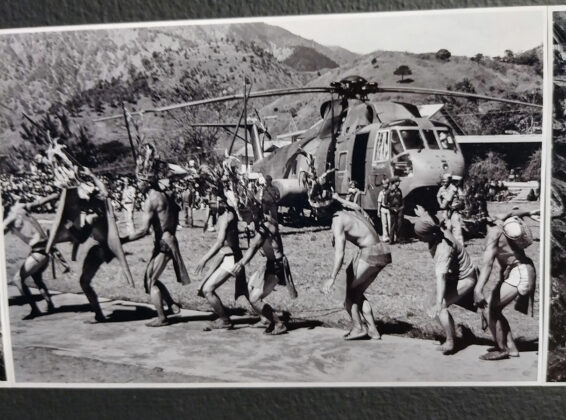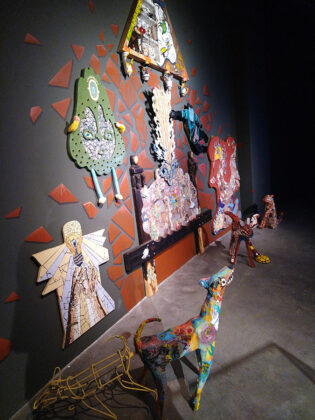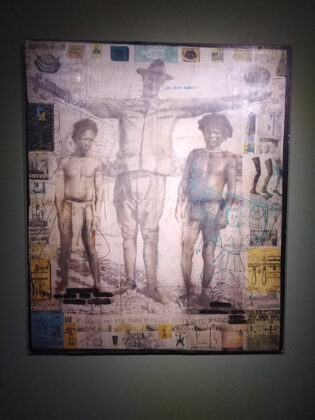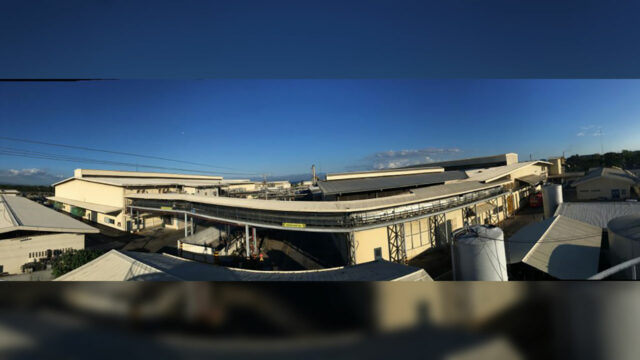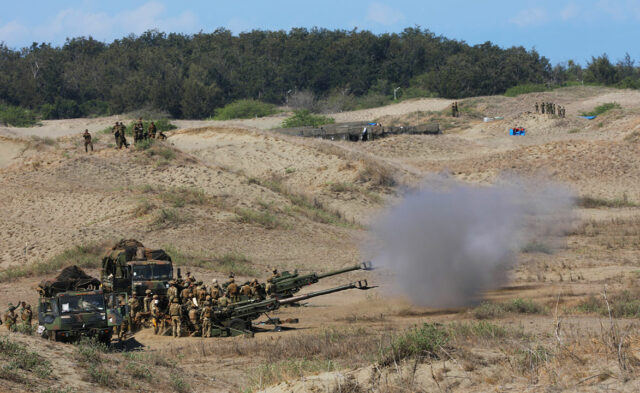Closing the distance to digital access
At the turn of the millennium, internet access was still limited to a relatively small portion of the globe. Two decades later, it has become one of the most transformative forces of modern life. In fact, a quarter-century into the digital age, high-speed internet has arguably become a basic requirement for participating in modern life.
On an individual level, access to fast internet is a categorical improvement in one’s quality of life offering unprecedented benefits: from seamless communication with companies and government agencies, open access to professional-level educational material, virtually unlimited entertainment options, and everyday conveniences such as online banking and grocery delivery.
On a societal level, internet connectivity has become a global infrastructure of its own — an information and commerce superhighway that functions both as an open node in an incredibly lucrative trade network worth billions, if not trillions of dollars, and a national security risk that can threaten democracies.
Since his inauguration, President Ferdinand R. Marcos, Jr. has placed a strong emphasis on advancing the country’s information and communications technology, marking it as part of his 10-point agenda for economic renewal and long-term growth. In promoting a Digital Philippines, he had said: “Digitalization is the call of today; not of the future — but of the present. It is here. It is needed, and it is needed today.”
The Philippines, in general, is thriving in cyberspace. According to the Digital 2025 report by DataReportal, the Philippines has 97.5 million individuals using the internet at the start of 2025, representing online penetration at 83.8% of the total population.
Additionally, when analyzing trends over time, the number of mobile connections in the Philippines increased by 17 million (or about 13.4%) between the start of 2024 and the beginning of 2025, according to data from GSMA Intelligence. About 98.2% of those mobile connections can also now be considered “broadband,” which means that they connect via 3G, 4G, or 5G mobile networks.
However, as DataReportal pointed out in the report, while the number of Filipinos enjoying the benefits of internet connectivity is growing, there are still many being left behind.
“Kepios’ analysis indicates that the number of internet users in the Philippines increased by 792,000 (+0.8%) between January 2024 and January 2025. And for added perspective, the Philippines’ internet adoption rate (i.e. the percentage of the total population that uses the internet) remained unchanged during the same period,” the report noted.
“But these user figures also suggest that 18.8 million people in the Philippines did not use the internet at the beginning of 2025, suggesting that 16.2% of the population remained ‘offline’ at the start of the year.”
Bridging the digital divide
The unequal access to digital technologies like the internet and smartphones or laptops is a global issue known as the digital divide. But this problem is made far more challenging in a country like the Philippines, as its natural topography as an archipelago makes it both difficult and expensive to deploy broadband infrastructure to far-flung areas.
Remote provinces typically have low population density, which means higher costs per household for service providers. Moreover, natural obstacles like mountains and forests can impede signal transmission and increase the complexity of construction.
In 2024, the Philippine Institute for Development Studies (PIDS) found that despite progress in recent years towards improving connectivity across the country, significant disparities in access and affordability remain, particularly in rural areas.
“Mobile data affordability has shown positive strides in recent years, making it a more accessible option for many Filipinos. However, mobile network performance, particularly in terms of speed, still lags behind ASEAN counterparts,” the PIDS study titled ‘Making Broadband Universal: A Review of Philippine Policies and Strategies’ noted.
The study further pointed out that while the Philippines enjoys near universal 4G coverage at 99% and promising 5G penetration at 70%, its mobile broadband speed lags behind Southeast Asian leaders. Citing an Ookla report in August 2023, PIDS found that the Philippines has average fixed broadband upload and download speeds of 6.21 megabits per second (Mbps) and 25.47 Mbps, respectively, compared to Singapore with 81.41 Mbps download speed.
Meanwhile, citing the 2022 Global System for Mobile Communications Mobile Association (GSMA) Connectivity Index, PIDS also noted that the Philippines ranks third lowest in terms of mobile data affordability, scoring a mere 47.01 out of 100.
“Access and internet speed fall sharply in rural regions, leaving many communities disconnected from the online world’s opportunities,” the study said, adding that regions with lower development and urbanization, like Region VIII and Bangsamoro Autonomous Region in Muslim Mindanao (BARMM), have much slower internet speeds. For example, Region VIII’s fastest fixed broadband is only around 40 Mbps, while BARMM’s average mobile download speed is barely 10 Mbps.
Nonetheless, the study acknowledged the government’s commitment to bridging these gaps as initiatives like the National Broadband Plan, and satellite service liberalization are promising steps towards achieving universal broadband access.
“It is important to foster partnerships among government, private sector, and civil society through comprehensive sharing agreements and robust monitoring and evaluation frameworks,” the PIDS study said, noting that program and policy implementation must be strengthened through better monitoring and evaluation.
To bring the President’s vision of a Digital Philippines to life, the government has also introduced measures such as the Philippine Digital Infrastructure Project (PDIP), a US$288-million endeavor funded by a World Bank loan, aiming to boost broadband connectivity and strengthen cybersecurity nationwide. The PDIP also covers the completion of the national fiber backbone, connecting Metro Manila to Southern Luzon, and the establishment of 772 free Wi-Fi sites across Mindanao, with emphasis on Regions XI and XIII.
The Department of Information and Communications Technology (DICT) has been at the forefront of such measures. The agency is expediting the National Broadband Plan, which aims to establish a robust digital infrastructure backbone across the country, and as of 2024, the DICT had started rolling out fiber-optic and satellite connectivity, particularly in geographically isolated and disadvantaged areas.
Ultimately, the goal is to enable more Filipinos to participate in the digital economy and access essential online services such as telemedicine, e-learning, and e-commerce.
“Digitalization is the way… to make our country competitive worldwide. This is the way to breach the digital divide because when you have a digital divide, you have an economic divide, a gender divide, a generational divide. So, we need to bridge that. That’s what we’re doing in all these digitization efforts,” DICT former Secretary Ivan John Uy said. — Bjorn Biel M. Beltran

